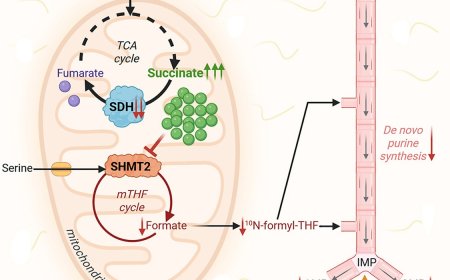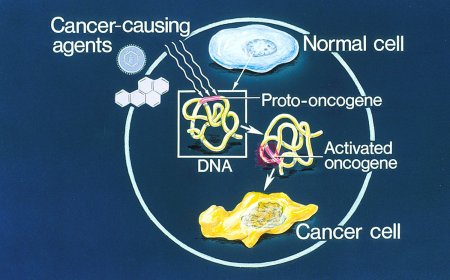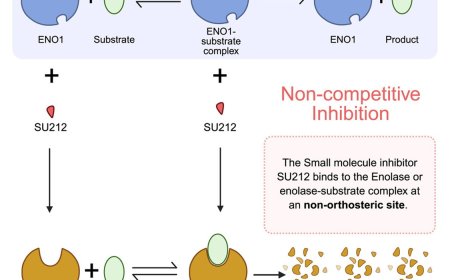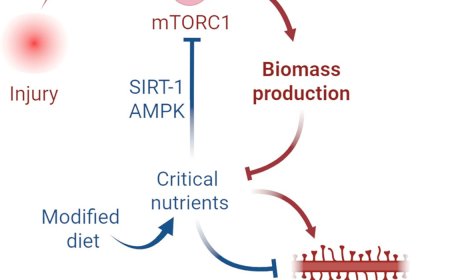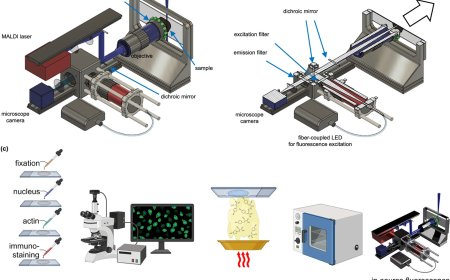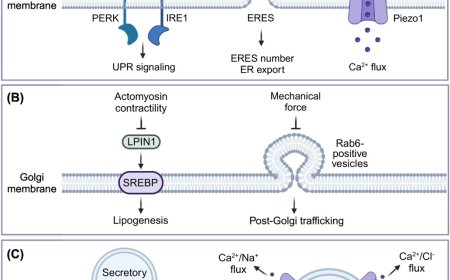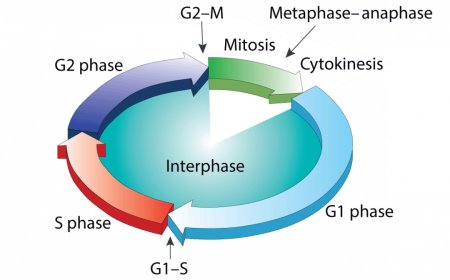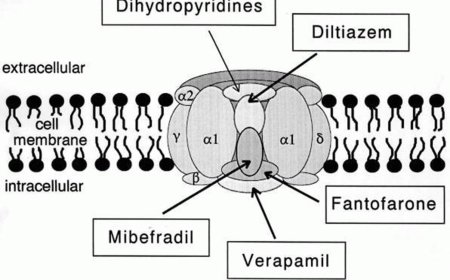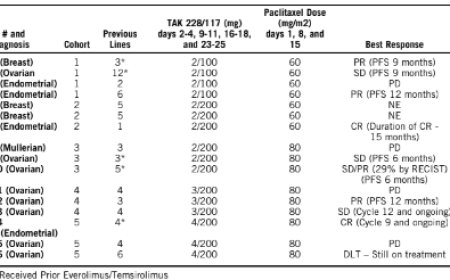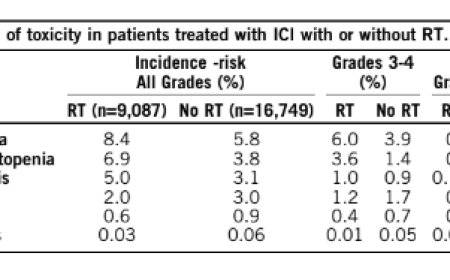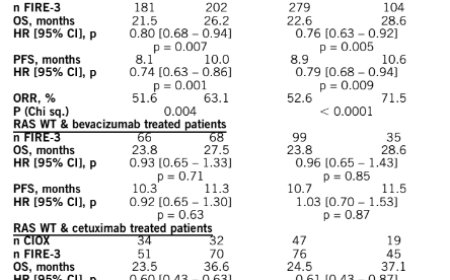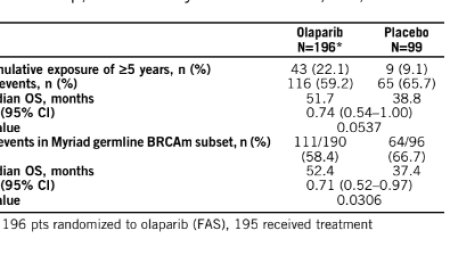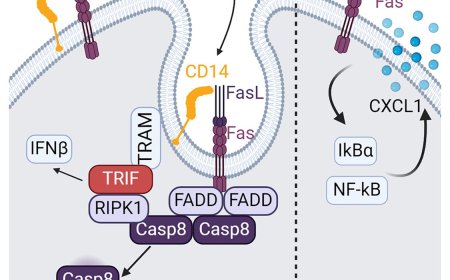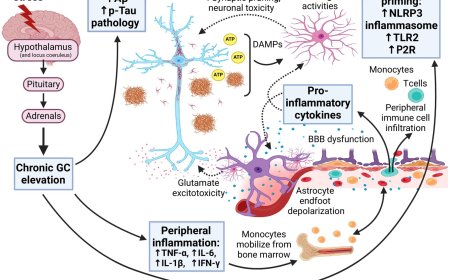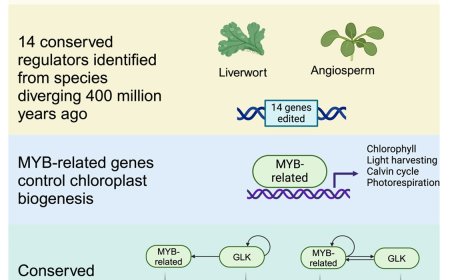Mystery hormone, GDF15
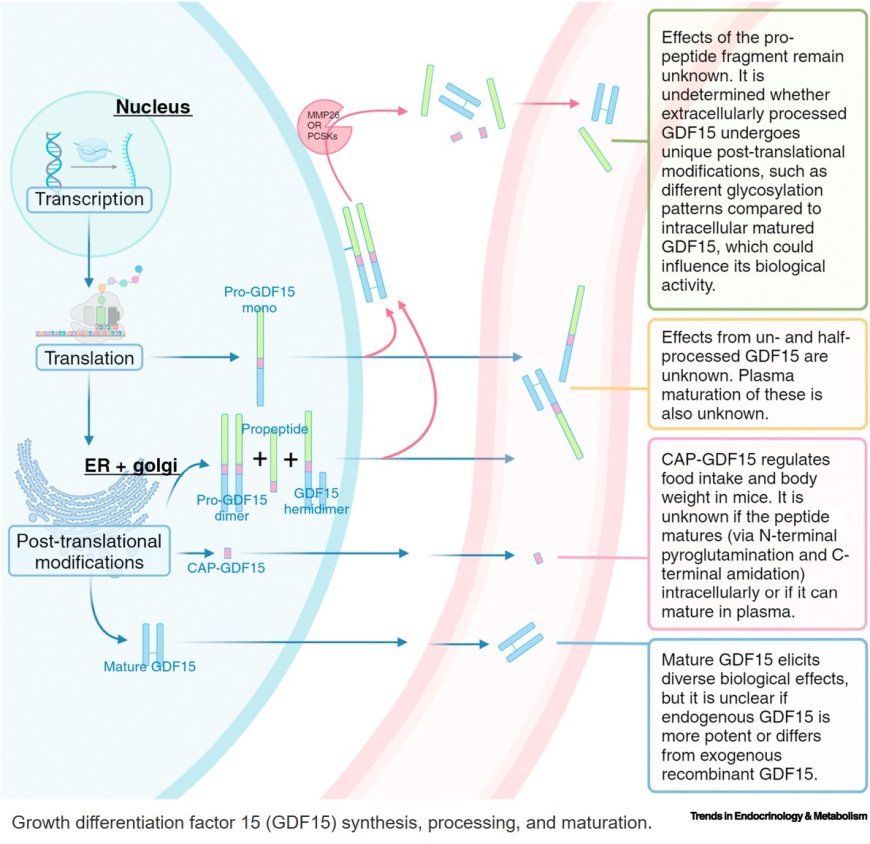
The plasma concentration of growth differentiation factor 15 (GDF15) varies tremendously, from 0.2–0.5 ng/ml in healthy young individuals at rest to up to 2 ng/ml after prolonged hard exercise.
GDF15 concentrations may rise to 1–2 ng/ml in older individuals and those with obesity, may reach 10 ng/ml in conditions such as cancer and cardiovascular disease, and may increase to 20 ng/ml during pregnancy.
Rodent experimental models frequently involve injecting large doses of recombinant human GDF15, increasing endogenous GDF15 secretion through gene overexpression or mitochondrial defects such as Crif1 knockout, or using human GDF15 secreted by inoculated human cancer cell lines. However, the impact of moderate endogenous overexpression remains unclear.
In humans, plasma GDF15 concentration is inversely correlated with physical fitness level and may be considered a marker of poor health. In rodents, GDF15 reduces appetite and promotes weight loss while also enhancing insulin sensitivity independently of weight loss.
Dietary regulation of GDF15 is minor, but GDF15 may increase glucose-stimulated insulin secretion.
A GDF15-related capped peptide (CAPGDF15) decreases appetite in mice.
https://www.cell.com/trends/endocrinology-metabolism/fulltext/S1043-2760(24)00254-6
